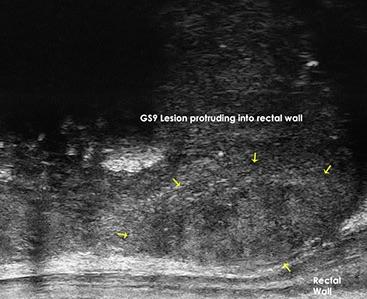
November 19, 2018 — Data from a validation study of a high-risk prostate cancer trial suggests that higher levels of pretreatment interleukin 10 (IL-10) were linked to lower rates of disease-free survival (DFS). The data suggests there is no association between an elevated level of C-reactive protein (CRP) and DFS. Results were presented at the 60th Annual Meeting of the American Society for Radiation Oncology (ASTRO), Oct. 21-24 in San Antonio, Texas.
The initial study, NRG-RTOG 0521, indicated that elevated CRP levels, a marker of inflammation, were directly associated with shorter biochemical failure-free survival after radiotherapy for patients with high-risk prostate cancer. During this study, serum samples were collected from 202 participants and banked for future biomarker validation. Researchers measured multiple serum immuno-inflammatory cytokines in addition to CRP levels. The primary objective for the validation study was to determine the association between CRP levels and DFS from time of patient randomization, and additional objectives included the correlation of cytokine levels with DFS and toxicity events due to radiotherapy.
“Although CRP levels did not correlate with DFS, the association of higher baseline levels of IL-10 with poorer outcome supports the claim that there may be an interaction between host pretreatment immune inflammatory state and the outcomes for the patient following radiotherapy treatment. I believe that future investigation into anti-inflammatory medical intervention for patients with prostate cancer in association to radiotherapy would be worthwhile,” stated William A. Hall, M.D., an assistant professor of radiation oncology at the Medical College of Wisconsin and lead author of this abstract.
Serum immune-inflammatory cytokines that were studied included:
- Monocyte chemotactic protein-1 (MCP-1);
- Granulocyte-macrophage colony-stimulating factor (GM-CSF);
- Interferon gamma (IFN-γ);
- IL-1b;
- IL-2;
- IL-4;
- IL5;
- IL-6;
- IL-8;
- IL-10;
- IL-12;
- IL-13;
- IL-17A;
- IL-23; and
- Tumor necrosis factor (TNFα).
In addition to the association between IL-10 and DFS, IL-12 and IL-13 were also associated with grade 2 or higher cystitis, or inflammation of the bladder.
For more information: www.astro.org


 August 09, 2024
August 09, 2024 








